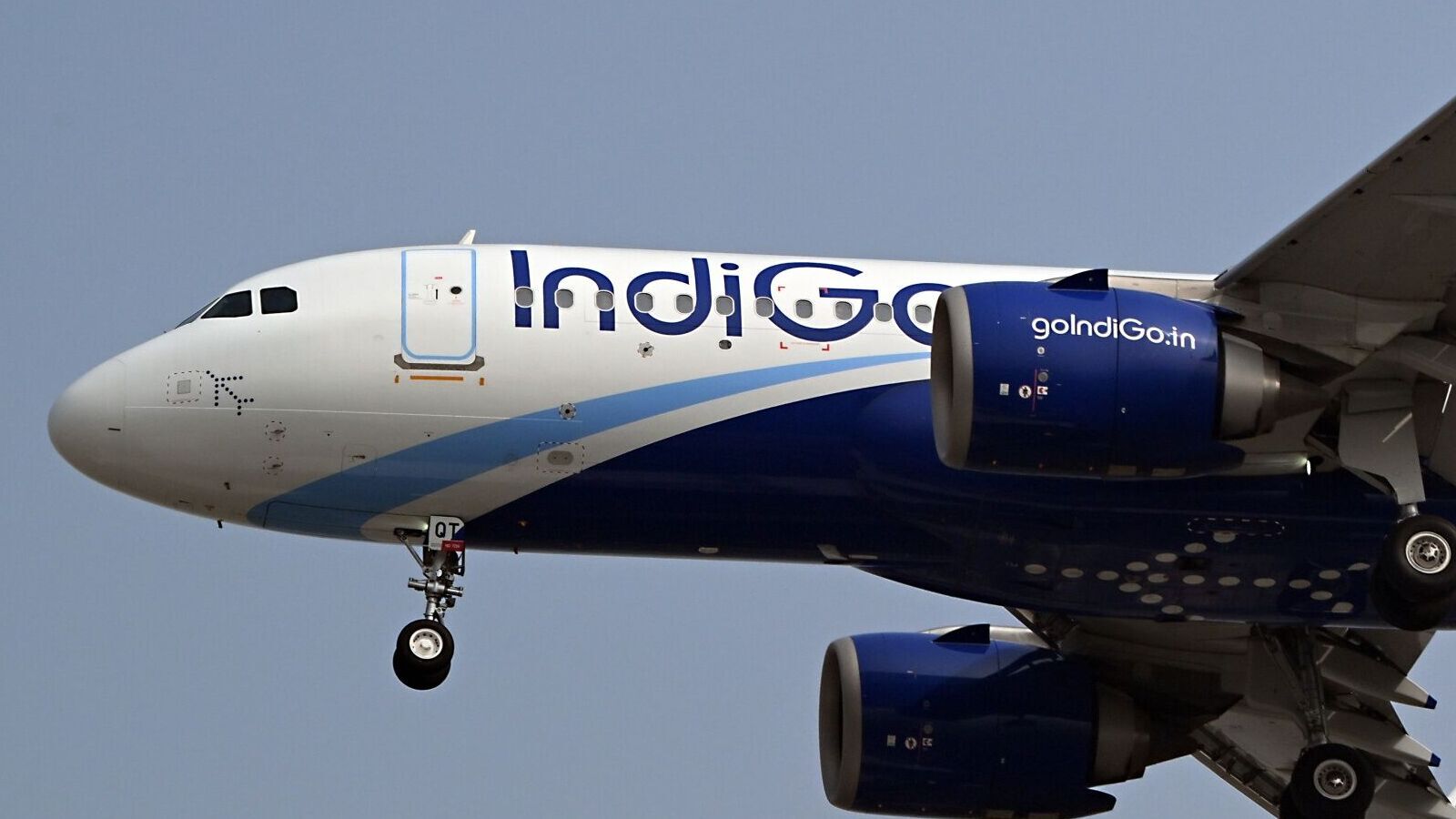As 2024 comes to an end, a look at the last 12 months shows how much the aviation industry in India has changed and what lies ahead. The year 2024 can be summed up as a year of consolidations, survival, wet-leases, delays and premiumisation across the board.
The year started with a shocker from IndiGo, with over 80 aircraft being grounded due to issues related to its Pratt & Whitney-powered engines. As the year progressed, one challenge over another kept mounting on the airlines, but the industry has navigated well from each crisis. This year’s passenger numbers in the domestic segment exceeded those of 2023, the best-ever year for the Indian aviation industry. This will be replaced with the current year.
Year of consolidations
The Tata Group consolidated four airlines to two in 2024. The much-delayed merger finally got all the regulatory nods, and erstwhile AirAsia India, which had become AIX Connect, folded into Air India Express to create one large Low-Cost carrier for the group. Premium carrier Vistara merged into Air India. The mergers were seamless for the passengers, with the AIX Connect and Air India Express merger being done in stages, while Vistara’s merger with Air India was done overnight.
Survival
This was another year when SpiceJet faced headwinds and survived it. This time around, it got a couple of rounds of funding totalling a few thousand crores, which will help it substantially reduce its negative net worth and soon become positive. Additionally, the airline also hived off its cargo wing into another entity. Lastly, the spate of settlements with lessors and other service providers went a long way in ensuring that the airline can survive another year and more. The most surprising arrangement was giving equity to one of the lessors as part of the settlement, an uncommon phenomenon.
The year started with the airline having difficulty paying salaries to its employees and a large chunk of regulatory dues, but it ended with it clearing off salaries and other regulatory dues like TDS.
Wet-Leases
Wet-leases was another major phenomenon this year. Traditionally, SpiceJet was the only operator which focused on wet-leases. Last year, IndiGo wet-leased two widebody aircraft, the first Boeings in IndiGo’s fleet. This year, the number kept increasing for both SpiceJet and IndiGo, with IndiGo inducting aircraft from Qatar Airways, to operate to Doha, followed by adding Corendon Airlines MAX 8 for domestic operations. SpiceJet, now recapitalised, also added more aircraft on wet-lease as it tries getting more of its own aircraft off the ground.
Delays in everything
The year definitely takes the cake for “year of delays.” Repeated disruptions at Boeing, along with a strike, led to delays in aircraft delivery to Boeing operators in India, significantly impacting the expansion plan for both Akasa Air and Air India Express. The delays were not just restricted to plane delivery; they extended to the entire supply chain. Air India could not start reconfiguring and refurbishing its legacy widebody fleet because of delays in the entire supply chain impacting seats, amongst other things.
The delays were not restricted to manufacturing or refurbishment; they also extended to airports and passengers. Overall, on-time performance in India saw a decline, with congestion and weather-related disruptions across airports. The increased traffic and growth have had an operational impact, which then cascades across the network.
Premiumisation
The two major carriers — Air India and IndiGo – shifted focus to premiumisation this year. While IndiGo, which started as a low-cost carrier and has since moved up several notches in its journey, announced and added a new class of service, naming it IndiGoStretch, Air India started reconfiguring its legacy aircraft to three-class aircraft, introducing premium economy on key routes. The airline also did a major rejig and time rationalisation exercise on some metro routes to offer a standard three-class experience. This was enabled with the help of former Vistara aircraft, which became one combined entity starting November 12.
As the industry focuses on premiumisation, the focus is more on the metro routes. IndiGo, with its IndiGo stretch plans to operate flights in eight sectors, possibly leaving out the shorter Bengaluru-Hyderabad-Chennai triangle, mainly due to the lack of longer flights needed to attract passengers up front.
Tail Note
Indian aviation is at a crossroads with record airline orders and a growing economy, but a lot needs to be done on the infrastructure front. The hoax calls this year and subsequent diversions, as well as the inability to trace all of them, show how vulnerable the industry can be and how the entire ecosystem has to be constantly on its toes.
Next year will hopefully see massive induction, putting yields under pressure. The infrastructure constraints may become less severe with Navi Mumbai Airport and Noida Airport becoming operational. Can the industry grow profitably?
Catch all the Business News , Breaking News Events and Latest News Updates on Live Mint. Download The Mint News App to get Daily Market Updates.
MoreLess
#Indian #aviation #year #consolidations #survival #premiumisation #Mint
Aviation, IndiGo, Air India, SpiceJet, Navi Mumbai Airport, Noida AIRPORT, Qatar Airways, Boeing, Wetlease, Aviation 2024, AIX Connect, Visatara, Air Asia
latest news today, news today, breaking news, latest news today, english news, internet news, top news, oxbig, oxbig news, oxbig news network, oxbig news today, news by oxbig, oxbig media, oxbig network, oxbig news media
HINDI NEWS
News Source

